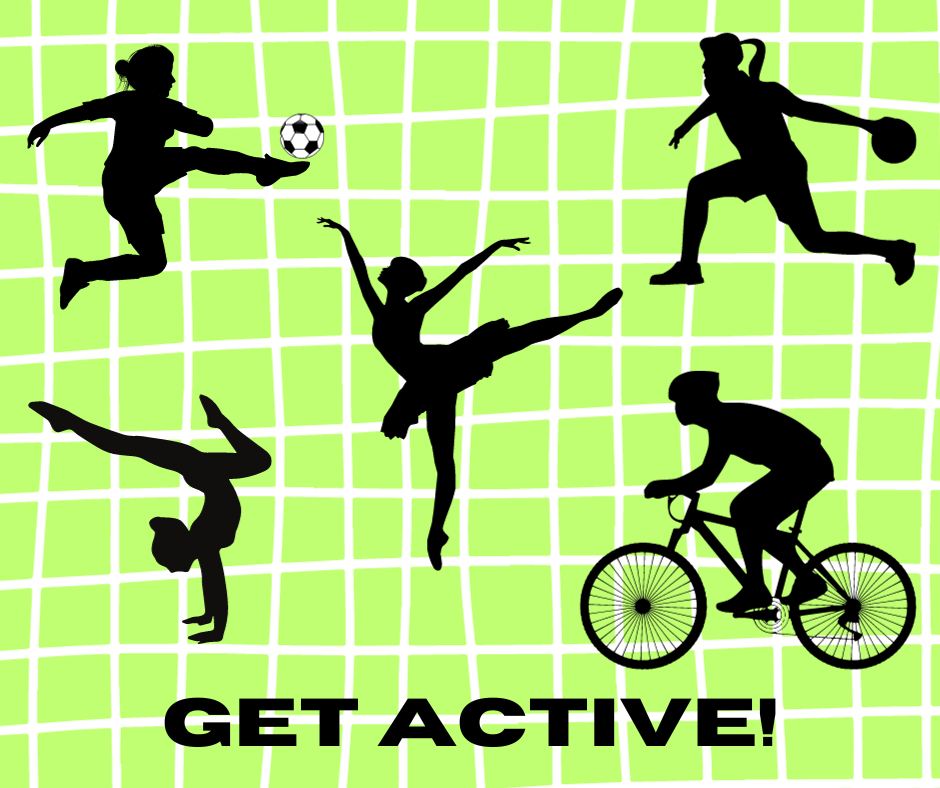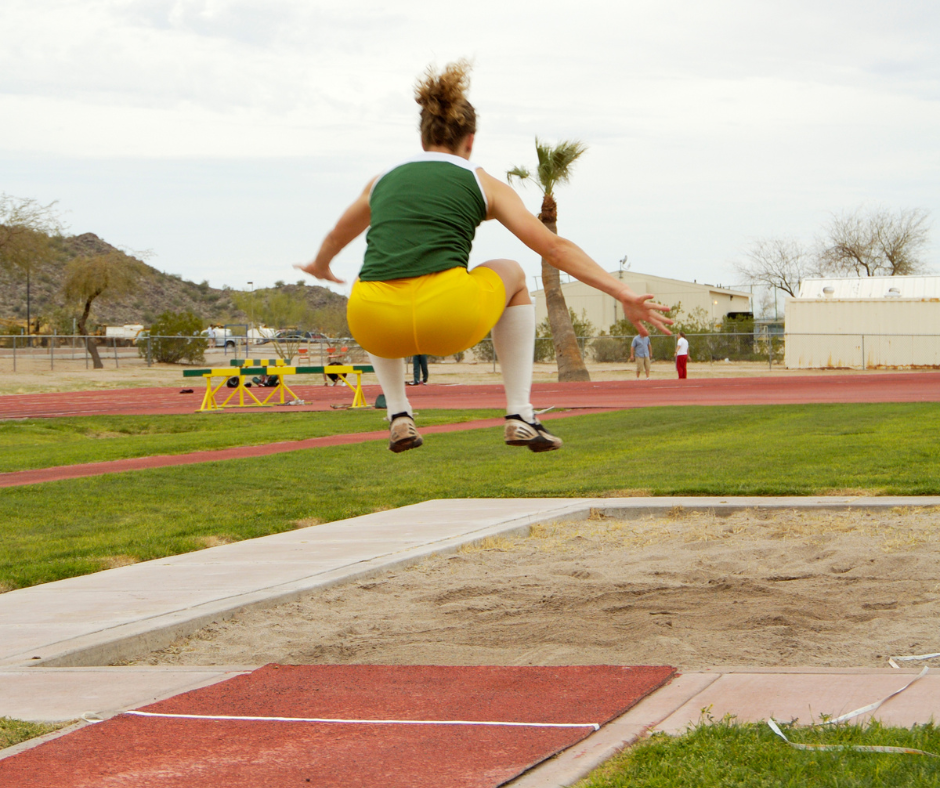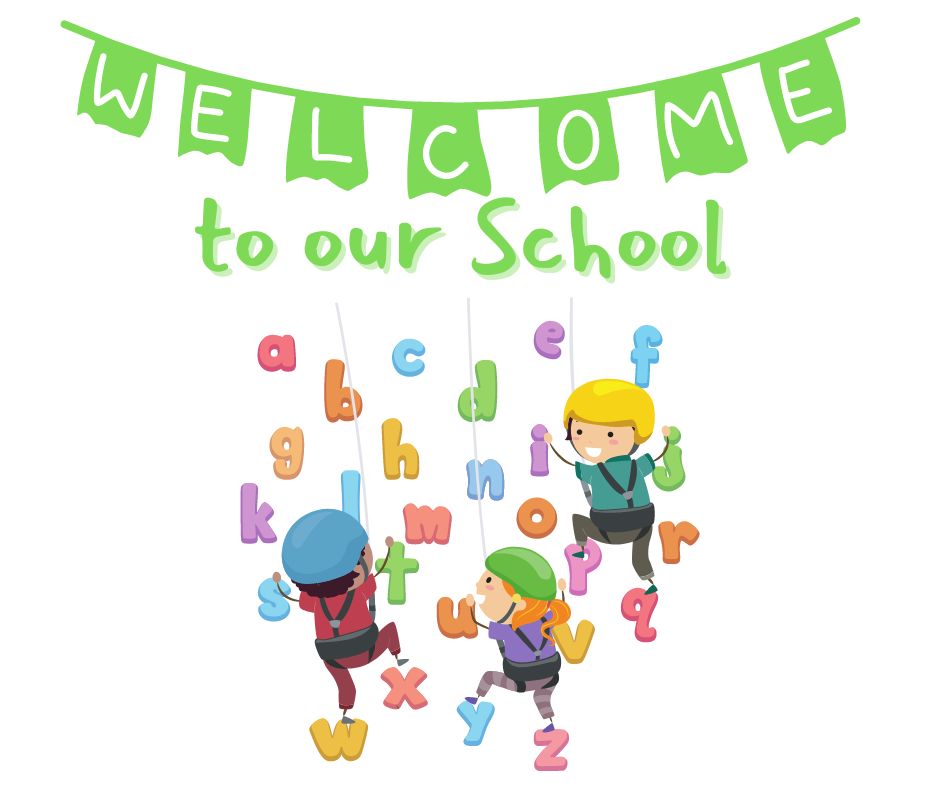
Ideas for Integrating Sports with ELA and Math Concepts in 3rd-5th Grade Classrooms
At Walkabouts, we understand that pairing physical activity with academics is important for the development of the whole child. Integrating sports and academic concepts in the classroom can create more meaningful, engaging learning experiences for students.
Along with practicing important curriculum concepts, integrating sports with academics can help with students’:
- Subject matter engagement
- Speaking and listening skills
- Problem solving skills
- Focus
- Social skills
- Teamwork
- Time management
Here are four ways to integrate sports with ELA and math in 3rd-5th grade classrooms.
1. PHYSICAL ACTIVITY JOURNALS
A physical activity journal will help students practice writing skills and raise their awareness of ways they are physically active. Incorporate journaling as often as it fits into the classroom schedule (once a day, 2-3 times a week, or once a week). An optimal time may be to journal after P.E. class. Students can write about what they did during P.E. and reflect on their experiences. Encourage students to jot down other ways they have been physically active both in and outside of school. Physical activities might include playing an organized team or individual sport, dance class, gymnastics class, biking, walking, hiking, neighborhood pick-up games, etc. Offering an opportunity for students to reflect on physical activities they enjoy can make routine writing activities more enjoyable and emphasize the importance of movement and exercise.
2. BOOK PROJECT: CREATE A SPORT
After the class reads a book, have students create a sport tied to ideas in the book. While the concept can be also used as a unit assessment with any core subject area, this can be an especially fun way to incorporate key story elements into a final project. Educators may be familiar with the idea of designing a board game that connects to a book. However, creating a sport connected to a book can be much more interactive and engaging.
Have students work in pairs or small groups to design a unique sport that ties to the book’s themes, characters, setting, plot, and/or conflict. Students could also imagine a new sport they think the book’s characters might play. Explain that when creating the sport, students can use common sports equipment in different ways or design their own equipment. Students should write clear rules for the sport so their classmates can follow along and play the sport.
Have each group present and model their sport for the class. Then, allow the class to vote on the sport they’d like to play. Coordinate with the P.E. teacher to arrange time for the whole class to play the sport in the gym during P.E. class, at recess, or during class time.
After students have played the sport as a class, ask them to reflect on their experiences using the following prompts or your own.
- What did you like about the sport?
- What rules would you change or add?
- Would you change the way the sport is played? If so, how?
- What would you do differently if you played the sport again?
- What skills are needed to play the sport?
- What is a strategy you could use to win the game?
3. GEOMETRY IN SPORTS
Shapes and angles can be found in many sports. Practice geometry skills with a sport such as soccer. First, allow students to examine diagrams of a soccer field, soccer goal, and soccer ball to determine the range and number of shapes on each.
Two-dimensional (2D) shapes may include the following: circle, semicircle, oval, triangle, square, rectangle, parallelogram, rhombus, trapezoid, pentagon, hexagon, octagon, and others. Within the two-dimensional shapes identified, there is also an opportunity to discuss quadrilaterals and their angles.
Three-dimensional (3D) shapes may include the following: cube, cone, cylinder, sphere, and more — as well as any 2D shapes (pentagon and hexagon) on the traditional 3D soccer ball (sphere) or soccer goal/net.
As a class, discuss how soccer is played. If desired, let students who play soccer lead the discussion. While discussing the passes, kicks, throws, and other ball movements that can happen during a soccer game, consider reflecting on how geometric points, lines, and angles can impact how the ball moves on the field.
4. MEAN, MEDIAN, MODE, AND RANGE BOWLING
Create a bowling alley in the classroom or a hallway with the traditional 10-pin setup (rows of 1, 2, 3, and 4 pins). If needed, create pins from plastic bottles filled with sand. Use a small, solid ball as the bowling ball. If desired, provide traditional scoring directions. Pair the mean, median, mode, and range mathematical scoring method (below) with traditional scoring or use it as an alternative way to score.
Let small groups of students bowl a game. After each frame, students should record the total number of pins knocked down. When the game is complete, students should use the group’s scores to find the following numbers. If desired, after all groups have bowled, use each group’s numbers to find the class’s mean, median, mode, and range.
- Mean is the average of all numbers. Count the numbers in the set. Add the numbers in the set to get the sum. Divide the sum by the count to get the mean.
- Median is the middle value of the list of numbers. List the numbers in the set from least to greatest to find the middle value. If the set has an even amount of numbers, add the middle pair together and divide by two to get the median.
- Mode is the number repeated most often. List the numbers in the set in order. Count how many there are of each number. The number that appears the most often is the mode. There can be more than one mode if multiple numbers appear most often. If there are no repeated numbers, the set does not have a mode.
- Range is the difference between the largest and smallest numbers. List the numbers in the set from least to greatest. Subtract the smallest number from the largest number to find the range.
There are many educational benefits to integrating sports and academics at school — not just physical. Pairing sports with educational content can not only help students practice important academic concepts but will also help students get in the CDC’s recommendation of 60 minutes of physical activity per day!
Walkabouts are on-demand adventures that transform any space into a movement-rich environment where students engage in physical activity while they learn. When kids are active both in and out of the classroom, they learn more, are more engaged, and are healthier. Ready to try Walkabouts? Sign up for a 30-day trial run today!





